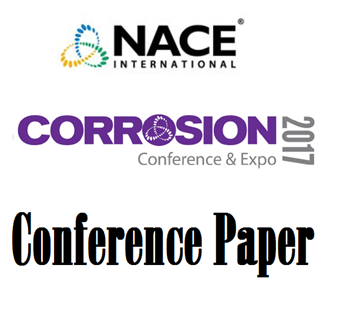Search
51312-01087-Utilization of RBI Methodology for T&I Extension
Also Purchased
08167 Expanded RBI "Corrosion Operating Windows"
Product Number:
51300-08167-SG
ISBN:
08167 2008 CP
Publication Date:
2008
$20.00
51313-02744-Tank RBI—Pitfalls and Opportunities
Product Number:
51313-02744-SG
ISBN:
02744 2013 CP
Publication Date:
2013
$20.00
Corrosion Looping for Down Stream Petroleum Plants: An Enigma for RBI Engineers A Perspective From the Review of Mechanical Integrity Systems
Product Number:
51317--9178-SG
ISBN:
9178 2017 CP
Publication Date:
2017
$20.00
Recently viewed




